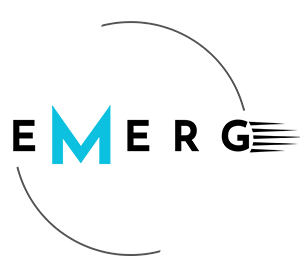- November 9, 2015
- Posted by: Team EMeRG
- Category: APAC / ASEAN, BY MEDICAL TECHNOLOGIES, Competitive Intelligence, Ethnographic Research, Market Entry Assessment, NPI Research, Patient Monitoring, Pricing Research, Value Prop Assessment

Overview: Vital Signs Monitoring Market in India
Valued at over $3.5Bn, the global vital signs market is demonstrating significant growth in emerging markets especially across secondary care. With the need for early detection, and quick diagnosis prior to referrals, the need for vital signs monitoring is on the rise in primary care settings.
The market for patient monitors is valued over $51Mn in India. While remote patient monitoring, IT-enabled technologies and wireless modules are driving unit sales, basic vital signs monitoring is yet to penetrate deep into the public healthcare structure especially across tier 2/3 towns and rural areas. Due to increased number of communicable and enteric diseases, it is also critical to have capabilities to measure partial pressure of oxygen (Sp02) in such primary care set-ups. The need for low-cost ECG has also been documented across most primary care centers.
Our Client: Top global healthcare solutions provider dealing with cardiac and vascular devices, diabetes products and technologies for various surgeries
Challenge Statement: The client wanted to address the need for faster and accurate measurement of vital signs through a single integrated solution. The product specifications, prototype, business plan and investments were to be evaluated in details
Research Design: To create a detailed baseline understanding of the potential users of the proposed vital signs solution; an in-depth customer segmentation was conducted. This included PHCs, sub-centers, nursing homes, NGOs, corporate hospitals, corporate houses / large employers among others. Various parameters including patient footfall, health benefits dissemination, infrastructure and universe size / TAM were assessed. The research design then consisted of mapping the key need-gaps for each customer segment including clinical, infrastructure-related, as well as financial issues. The next steps included ethnographic observations at pre-screened facilities to understand the fit-to-scheme of the proposed vital signs monitoring solution. In addition to detailed clinical immersion, the product concept was tested with various customer segments. Budgets, need for training, typical procurement cycles were the other key parameters tested during the primary research and ethnographic observations stage.
Research Methodology: Exhaustive secondary research was performed to understand the current infrastructure, and need-gaps of various healthcare facilities including PHCs, public hospitals and nursing homes (among other facilities). Detailed competitive landscaping was conducted to understand the existing / potential competition from similar / surrogate technologies.
Ethnographic observations were conducted across PHCs, nursing homes, corporate chain hospitals as well as district hospitals (public sector), to accurately map the need-gaps w.r.t. workforce, patient journey, training needs as well as overall clinical workflow.
In-depth interviews were conducted with key end-users as well as purchase decision makers of vital signs monitoring including Medical Officers, specialists, nurses, as well as Medical Directors and sole proprietors of healthcare facilities.
Research Outcome: Based on the need-gaps identified, detailed design recommendations were made for an integrated vital signs solution. Separate product designs were created for the price-sensitive customer segments with limited workforce and real estate; as well as for the large corporate chain / standalone facilities. A comprehensive business case was prepared including needs-based customer segmentation, NPV as well as revenue projections for the next 5 years.
